apathesia
TPF Noob!
- Joined
- Oct 31, 2010
- Messages
- 4
- Reaction score
- 0
- Location
- Australia
- Can others edit my Photos
- Photos NOT OK to edit
Hey, I just wanted to clarify something I'm a little confused about, and haven't been able to find an answer for yet. From what I've been led to believe, the reflected light meter in my Ricoh XR-2000 exposes for middle grey. So, and correct me if I'm wrong, if I was to fill the frame with a uniform tone, it would tell me the shutter speed to render that tone as middle grey in my exposure, right? That's the first part of my question.
The second is that, reading a little about Adams' zone system, it mentions that caucasian skin would be placed on zone 6, and middle grey on zone 5. I know it's more of guide than anything, but if I wanted to correctly expose for a Caucasian skin tone, would that mean I would meter it, then increase exposure by 1 stop?
Sorry if anything I'm asking sounds beginnerish, I'm just trying to get my head around exposure, and answers to these questions would clear a bunch of stuff up. Feel free to correct me if I f***ed something up
The second is that, reading a little about Adams' zone system, it mentions that caucasian skin would be placed on zone 6, and middle grey on zone 5. I know it's more of guide than anything, but if I wanted to correctly expose for a Caucasian skin tone, would that mean I would meter it, then increase exposure by 1 stop?
Sorry if anything I'm asking sounds beginnerish, I'm just trying to get my head around exposure, and answers to these questions would clear a bunch of stuff up. Feel free to correct me if I f***ed something up






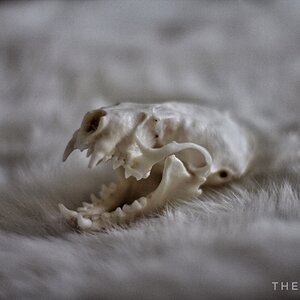
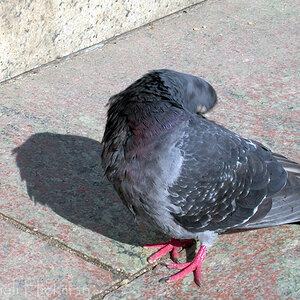

![[No title]](/data/xfmg/thumbnail/37/37606-3c9ffb5906173fa2aa489341967e1468.jpg?1619738148)
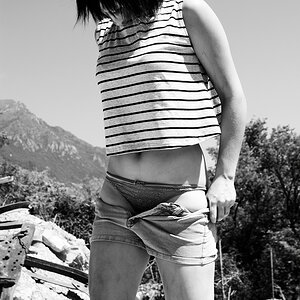
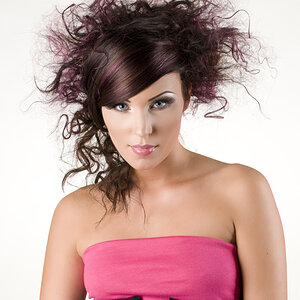
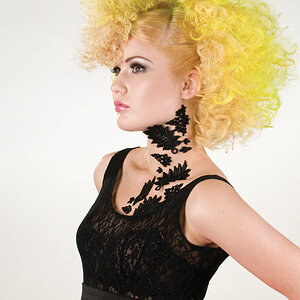

![[No title]](/data/xfmg/thumbnail/31/31011-439c1242fe08cf6b54f32bf06523a567.jpg?1619734567)